Browser Fingerprinting: What Is It & How Does It Track You?
It's time to find all the details you need about Canvas fingerprinting
3 min. read
Updated on
Read our disclosure page to find out how can you help Windows Report sustain the editorial team. Read more
Key notes
- Browser fingerprinting is a powerful method to track most of the online activity of any user.
- It captures all the data of the user, which helps in displaying the advertisement for better revenue.
- A small code snippet will be inserted in the HTML webpage to track the user better than text-based cookies.

Browser fingerprinting is a unique way of finding all the details about the user’s data. It collects all the data, including the browser information like browser version, plugins installed, etc., more accurately than cookies.
Cookies are text files sent by the website server to track the user’s online activity, whereas browser fingerprinting captures everything the user does online with their browser.
Many web browsers are very safe for browsing. This article will teach you more about browser fingerprinting, so keep reading.
Is browser fingerprinting possible?
Yes, browser fingerprinting is very much possible these days. However, not many people are aware of it. Some of them haven’t even heard about it.
Who uses browser fingerprinting?
Well, the companies, websites, and hackers. But, yes, even hackers use browser fingerprinting for hacking purposes.
Quick Tip:
Every virus has a remedy, and the same is for tracking via browser fingerprinting. Specifically, Opera has created its own set of antitracking tools to conceal your IP address and safeguard your connection.
This browser filters intrusive ads natively and prevents internet cookies from copying your activity, freeing you to navigate with no digital fingerprints. Clean browsing, safe environment.

Opera
The built-in VPN and native ad-blocker are the key elements to stopping virtual fingerprinting.What is browser fingerprinting & how does it track you?
The latest method of tracking any online activity is called Canvas fingerprinting. This is very useful for tracking if the user is a unique or a returning user, which helps to improve their website.
Canvas fingerprinting, which is the newest way of browser fingerprinting, makes use of the HTML5 code snippet that is inserted in the webpage code.
This code, in turn, runs on the browser when users visit the website. This helps the websites track more than a million users. Then, they use this data to display the correct advertisements, yielding more ad revenue.
It can track you using three methods: canvas fingerprinting, audio fingerprinting, and media fingerprinting.
What is the difference between cookies and browser fingerprinting?
The main difference between cookies and browser fingerprinting is the tracking method.
Cookies: The website server sends the text files loaded on the system and tracks all the information about the user and his online activity on the website.

Browser Fingerprinting: the JavaScript and HTML5 code snippets run on the system when users visit their websites. This creates a canvas that tracks all the user’s online activity even if the user browses other websites and does all kinds of stuff.

Does the VPN block fingerprinting?
No, the VPN does not prevent browser fingerprinting because the VPN only hides the IP address and location settings, whereas browser fingerprinting tracks the user activity without the use of the IP address or the operating system.
Browser fingerprinting is used by most websites nowadays. It not only tracks how many times you have visited their websites but also gathers information about which other websites you visit, which accounts you are logged in with, etc.
This seems scary, right? Yes, it should be because this is how most hackers take your data, manipulate it, and sweep the accounts.
Whereas the banks also use browser fingerprinting to identify any hackers logging in from another system to access your account for the first time.
If you found this article informative, please let us know by commenting below.


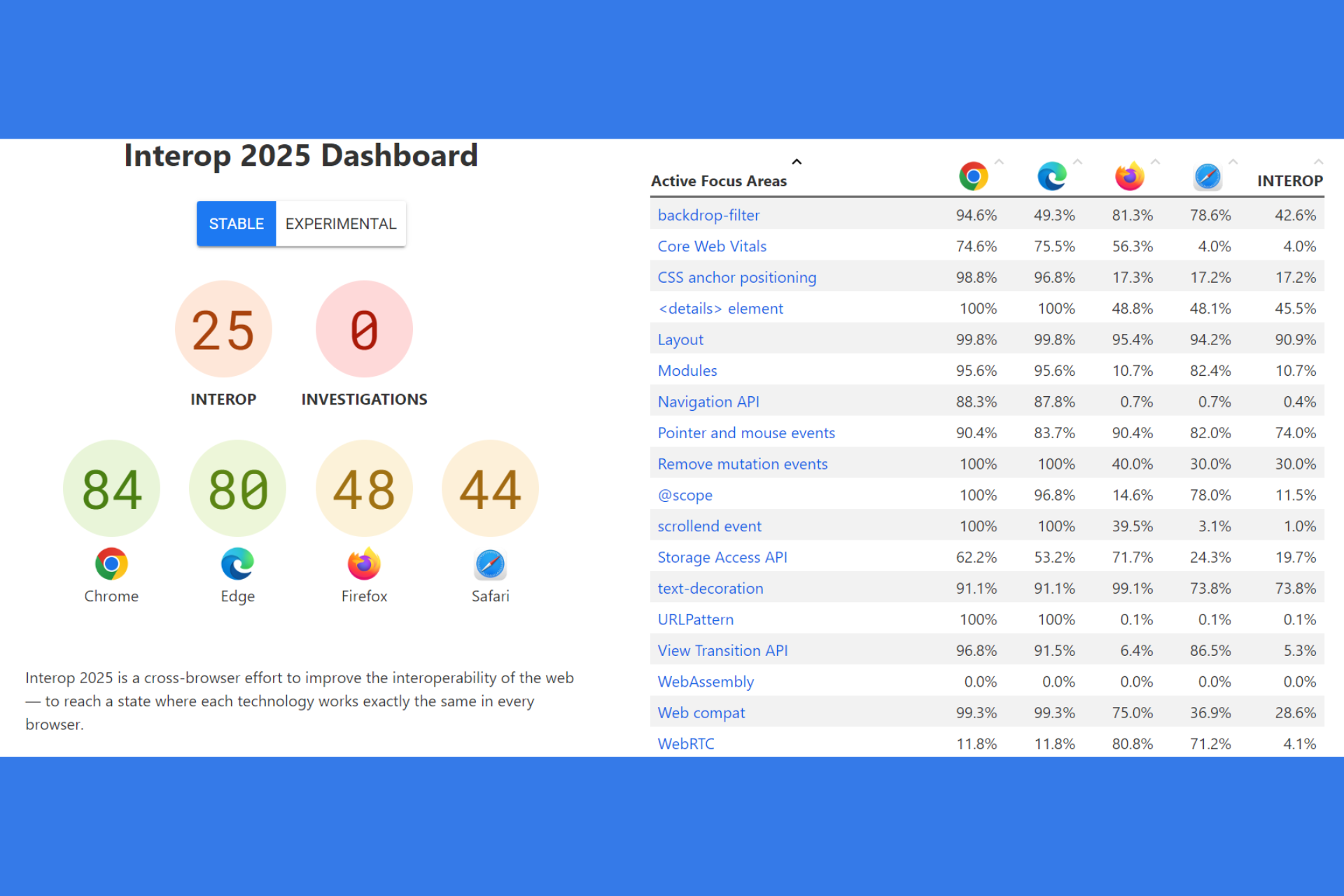
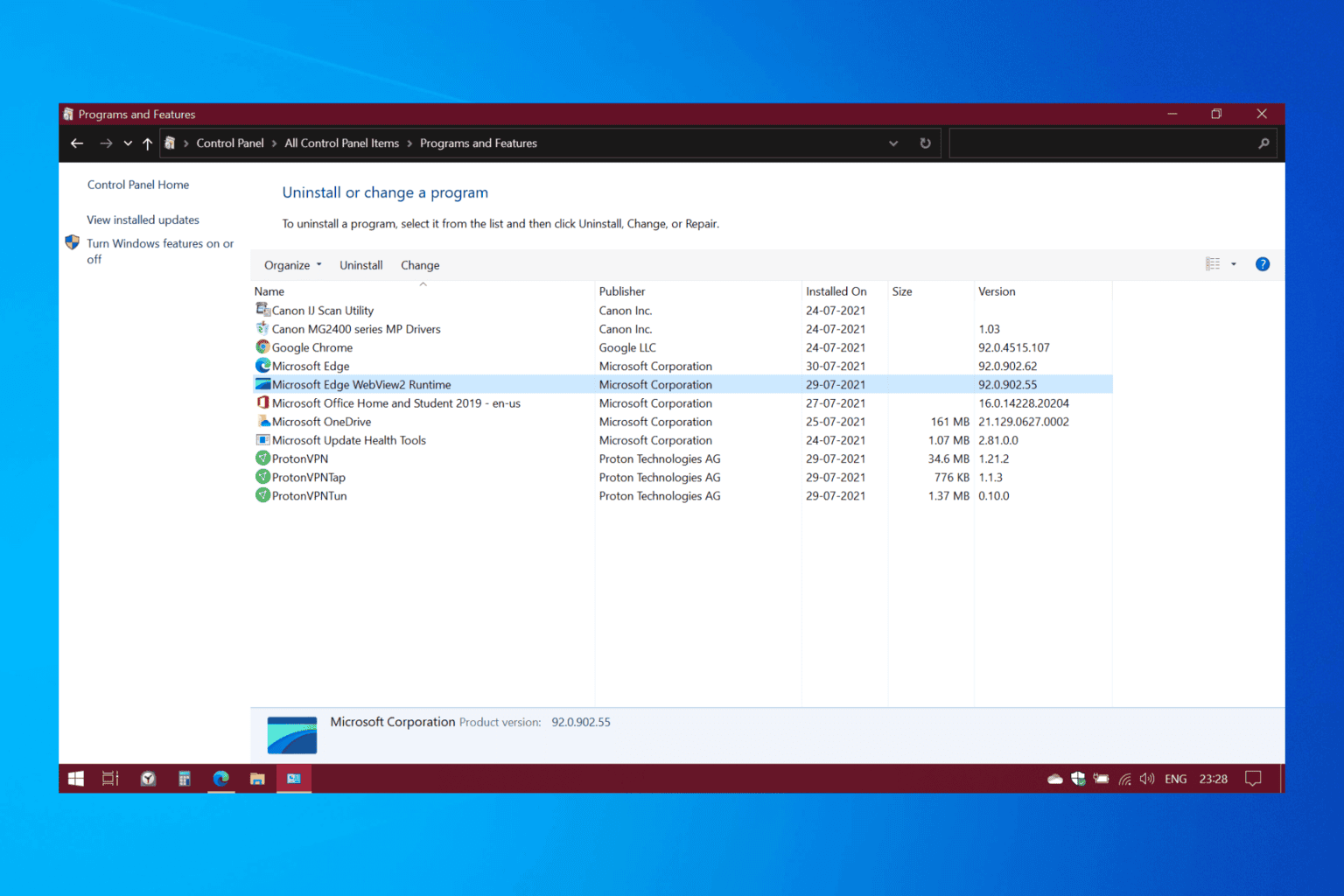
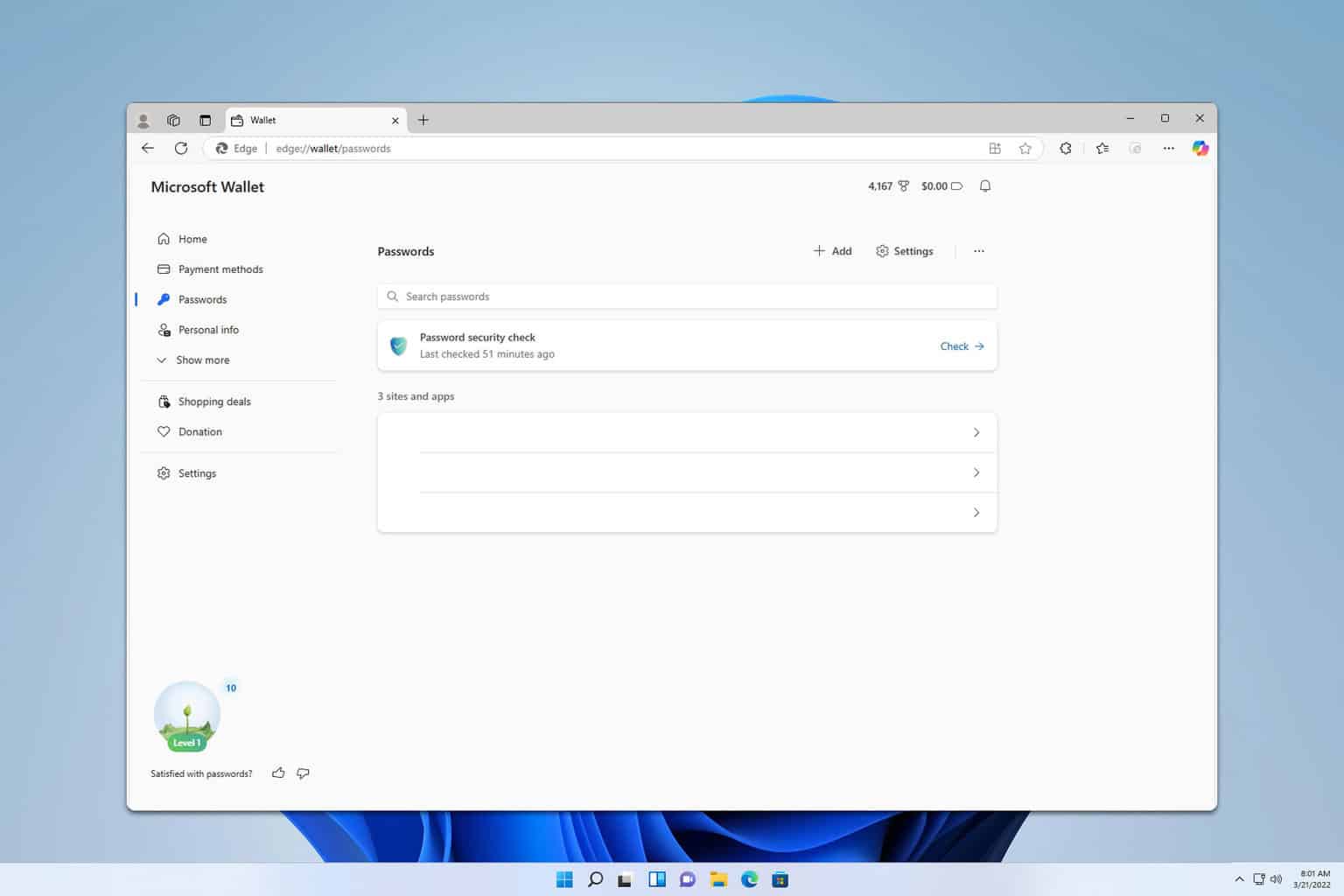
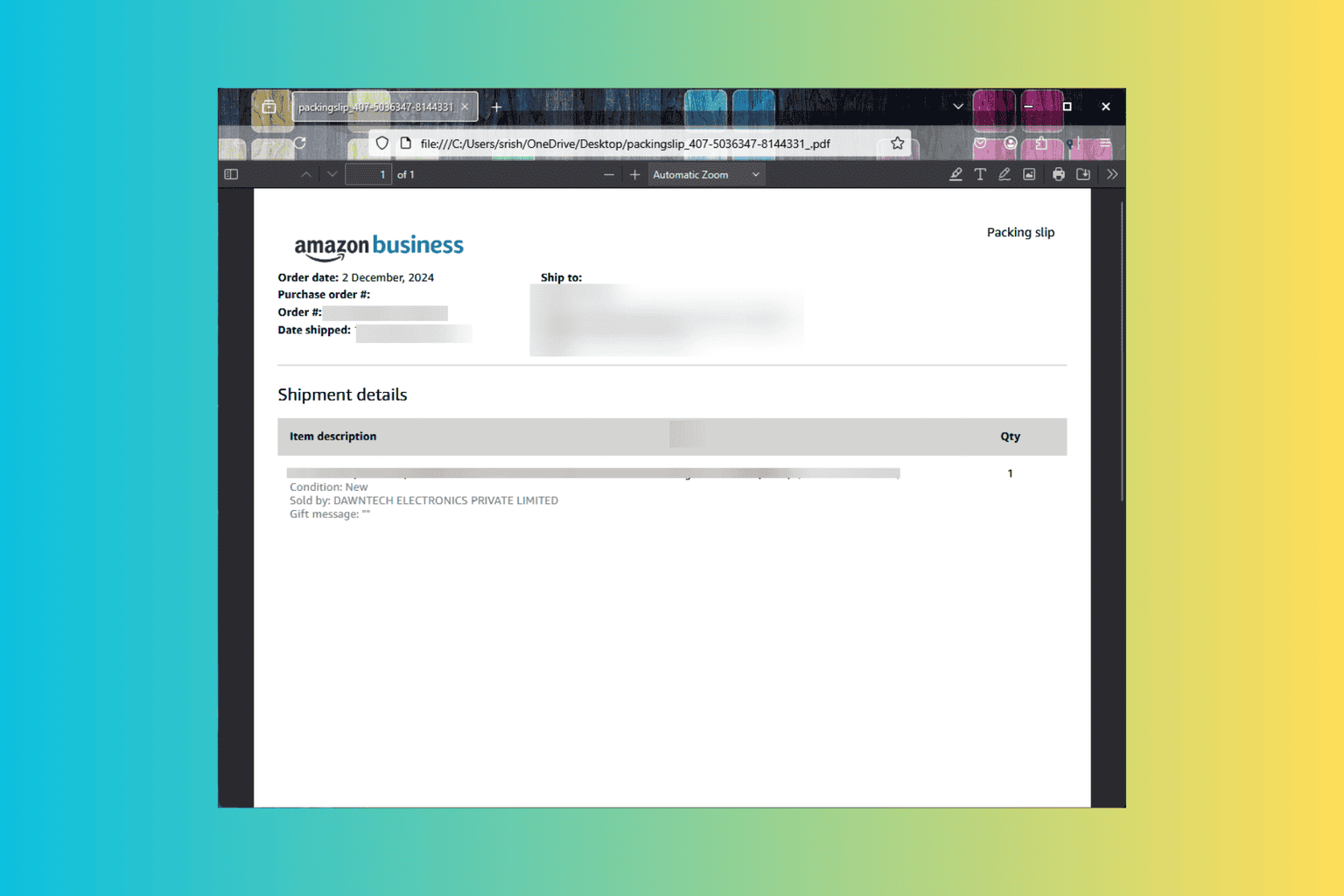
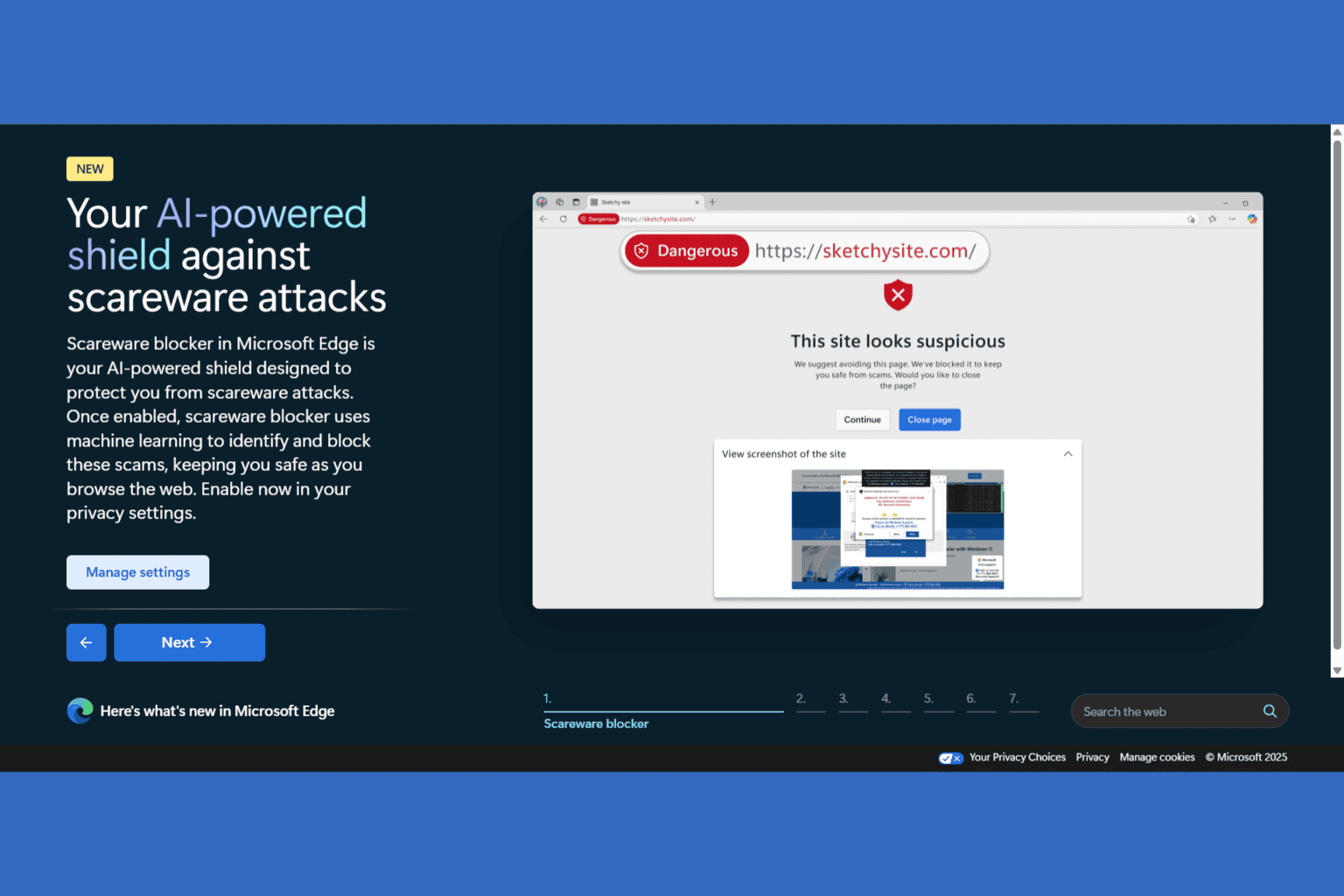
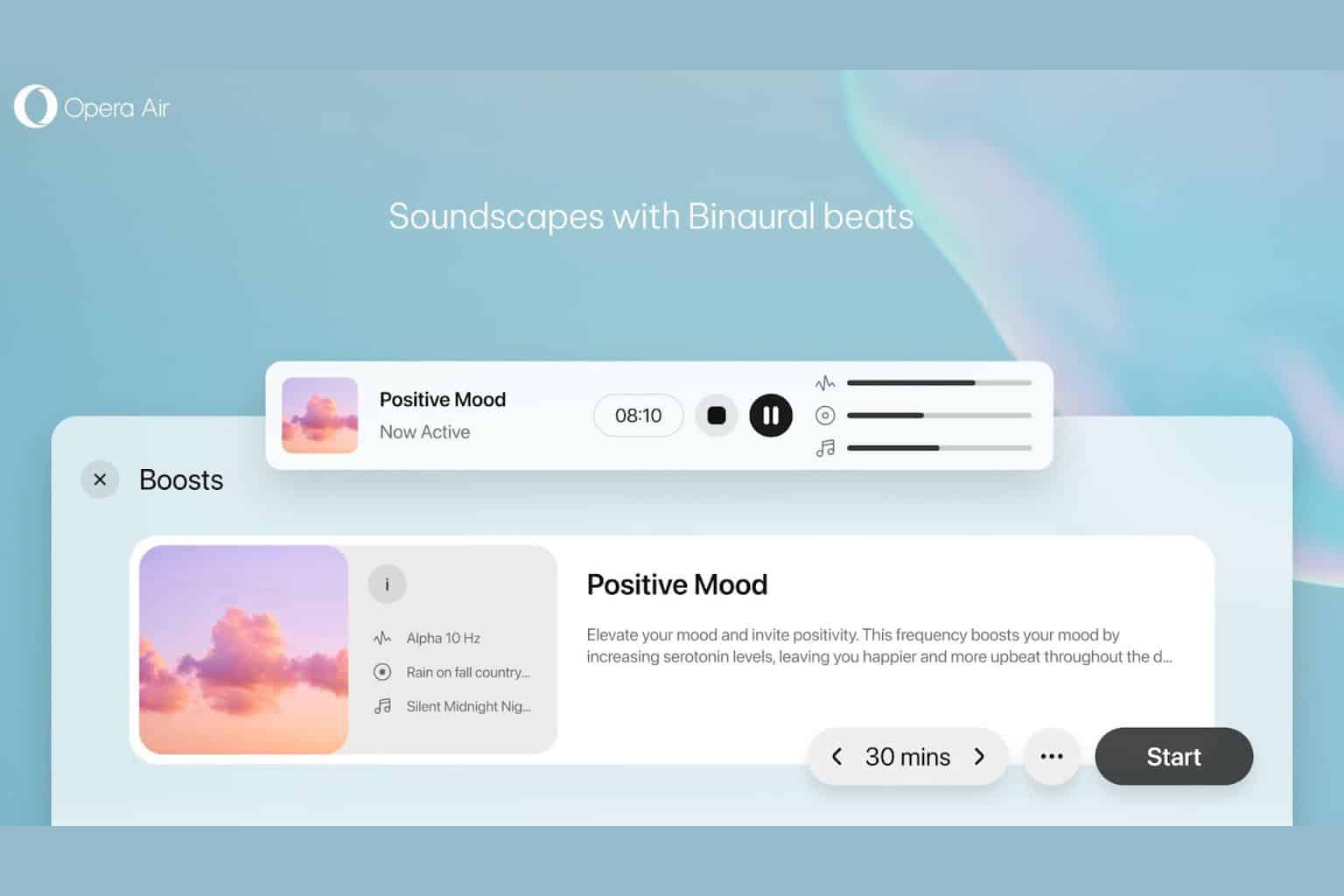
User forum
0 messages